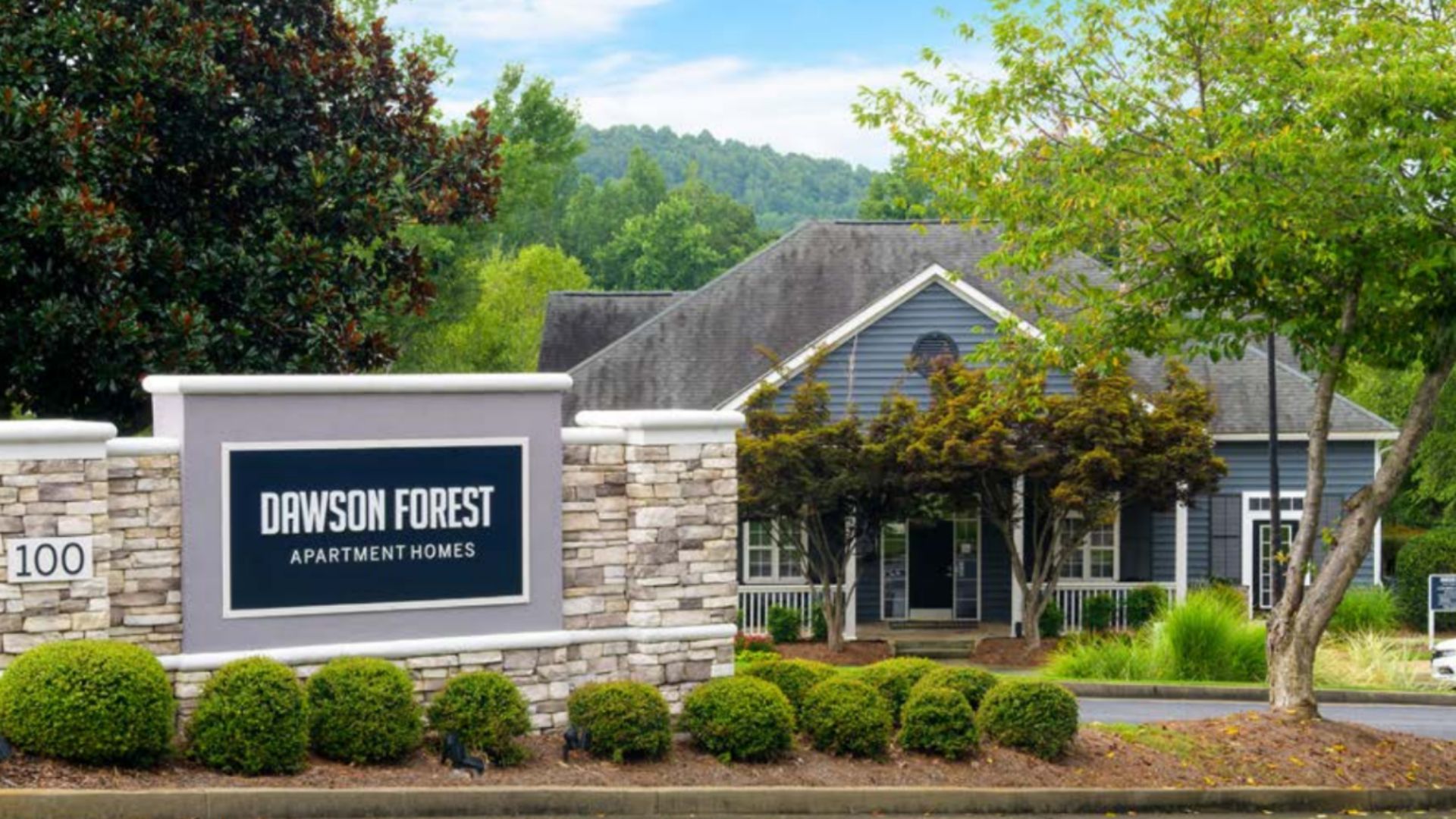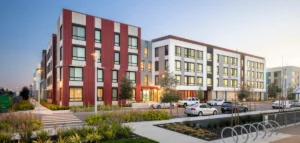The multifamily industry is getting creative and strategic about workforce housing funding.
Workforce housing development and investment will continue to be a focus through 2020, and with rising demand for this market segment, investors are getting increasingly creative and strategic about workforce housing financing. As a result, there will not only be an ongoing focus around this market segment, but also—hopefully—strides in the right direction.
“I expect to see an ongoing focus on permanent supportive housing and the “missing middle,” as well as continued discussions about rent restrictions, prioritizing the allocation of subsides and tools outside of Low Income Housing Tax Credit to explore,” Cecile Chalifour, west division manager for community development banking at Chase, tells GlobeSt.com. “We expect a high number of large projects financed through bonds to be bid out this year, which may push equity pricing down, and we still expect competitive capital to be available on the debt side.”
California has been working in this direction, but this is really a national conversation. “California has been at the forefront of adding resources and thinking creatively to support affordable housing, thanks to developers, voters and local and state governments,” says Chalifour. “Still, more resources and new tools are needed to help expand the pool of sustainable options and produce more affordable housing in the long term. It’s truly a national conversation and we expect to see more transactions, increasing costs and creating some limitations. The industry is very creative, nimble and committed, and the stakeholders are dedicated to helping design a truly comprehensive and long term strategy for affordable housing across California.”
However, there are still going to be challenges in bringing this much-needed asset class to market. “What’s going to be interesting to watch is where the industry lands on priorities for bond allocation and what it means for deeply targeted deals beyond projects that are 50%-60% Area Medium Income,” says Chalifour. “Also, local and state efforts to explore new options for operating subsidies and expanding the pool of resources will be an interesting trend to see evolve.”
For Chase, the key is following the issue closely, and working with all parties to work toward a solution. “Our team continues to be deeply committed to working with key stakeholders and supporting ongoing efforts to improve and innovate the industry, so we can collectively make a dent in helping to solve the affordable housing crisis,” adds Chalifour.
https://www.globest.com/2020/01/15/workforce-housing-will-remain-a-focus-in-2020/ “SOURCE: GlobeSt.”











